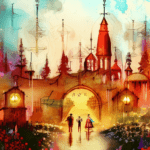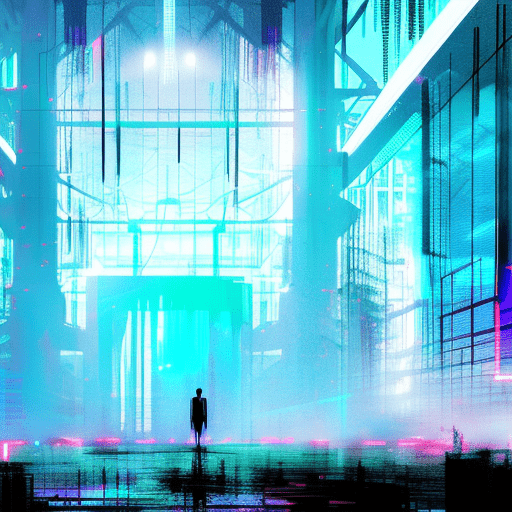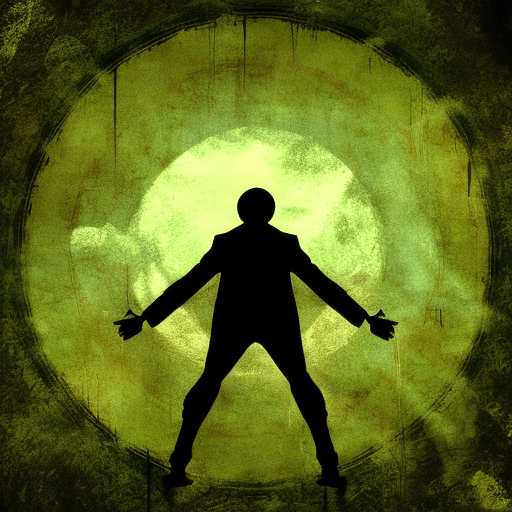One-line Summary:
In “Glasshouse,” a science fiction novel by Charles Stross, a group of post-humans participate in a social experiment that challenges their identities and memories in a future society.
Identity in a Post-Human Society
In the world of “Glasshouse,” humanity has advanced to the point where individuals can modify their bodies and upload their consciousness into different forms. The protagonist, Robin, wakes up in a new body with no memory of their past. As Robin navigates this post-human society, they join a social experiment called the Glasshouse, where participants live in a recreated version of the 1950s, complete with the social norms and restrictions of that era. The purpose of the experiment is to study how individuals adapt to different identities and social structures.
Within the Glasshouse, Robin takes on the identity of a woman named Reeve, and their experiences shed light on the complexities of gender and identity. As Reeve, Robin faces the challenges of conforming to societal expectations and navigating relationships. Through this exploration, Stross raises questions about the fluidity of identity and the impact of social constructs on individuals.
The Dangers of Memory Modification
In “Glasshouse,” memory modification plays a significant role in shaping the characters’ experiences. The society depicted in the novel has the technology to alter memories, allowing individuals to forget traumatic events or change their past. However, this power comes with risks. Memories are not only personal but also shape one’s understanding of the world and one’s place in it.
As the story unfolds, Robin discovers that their memories have been deliberately altered, leading them to question their own identity and the motives of those around them. Stross explores the potential dangers of memory modification, highlighting the ethical implications of tampering with one’s past and the potential for manipulation by those in power.
The Power of Resistance and Rebellion
Throughout “Glasshouse,” the theme of resistance and rebellion against oppressive systems emerges. The Glasshouse experiment, while seemingly harmless at first, reveals itself to be a tool for control and manipulation. As Robin uncovers the truth behind the experiment, they join forces with other participants to resist the oppressive forces at play.
Stross uses the Glasshouse as a metaphor for societal structures that restrict individual freedom and expression. Through acts of rebellion, the characters challenge the status quo and fight for their autonomy. The novel explores the power of collective action and the importance of questioning authority in the face of oppressive systems.
Key Takeaways:
- Identity is fluid and can be shaped by societal constructs.
- Memory modification raises ethical questions and can have unintended consequences.
- Resistance and rebellion are powerful tools against oppressive systems.
“We are all made of stories, and the stories are not true.” – Charles Stross
In “Glasshouse,” Charles Stross delves into the complexities of identity, memory, and resistance in a post-human society. Through the experiences of the protagonist, Robin, the novel explores the fluid nature of identity and the impact of societal constructs. Stross raises thought-provoking questions about memory modification and its ethical implications. Ultimately, “Glasshouse” reminds us of the power of resistance and rebellion in the face of oppressive systems.












